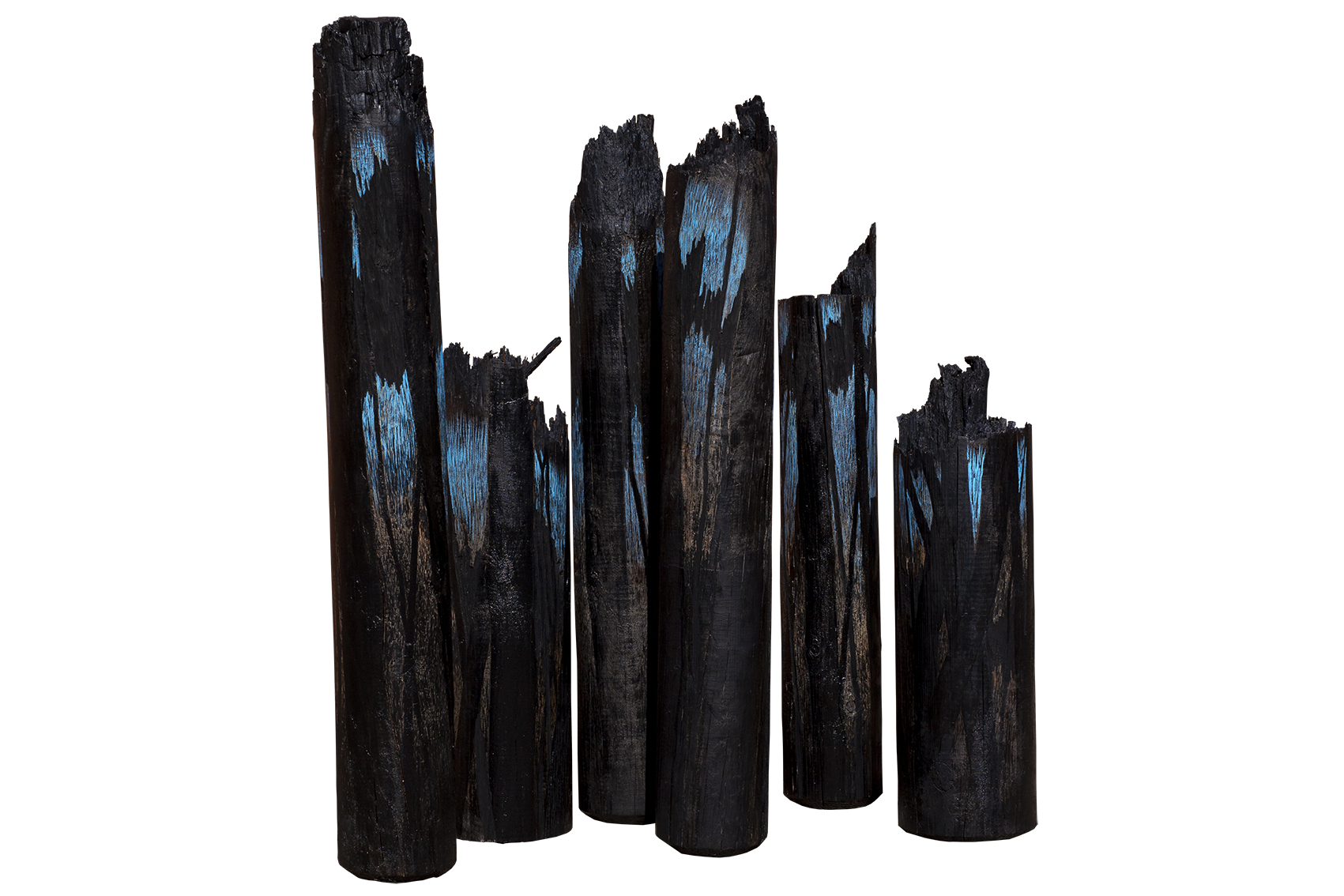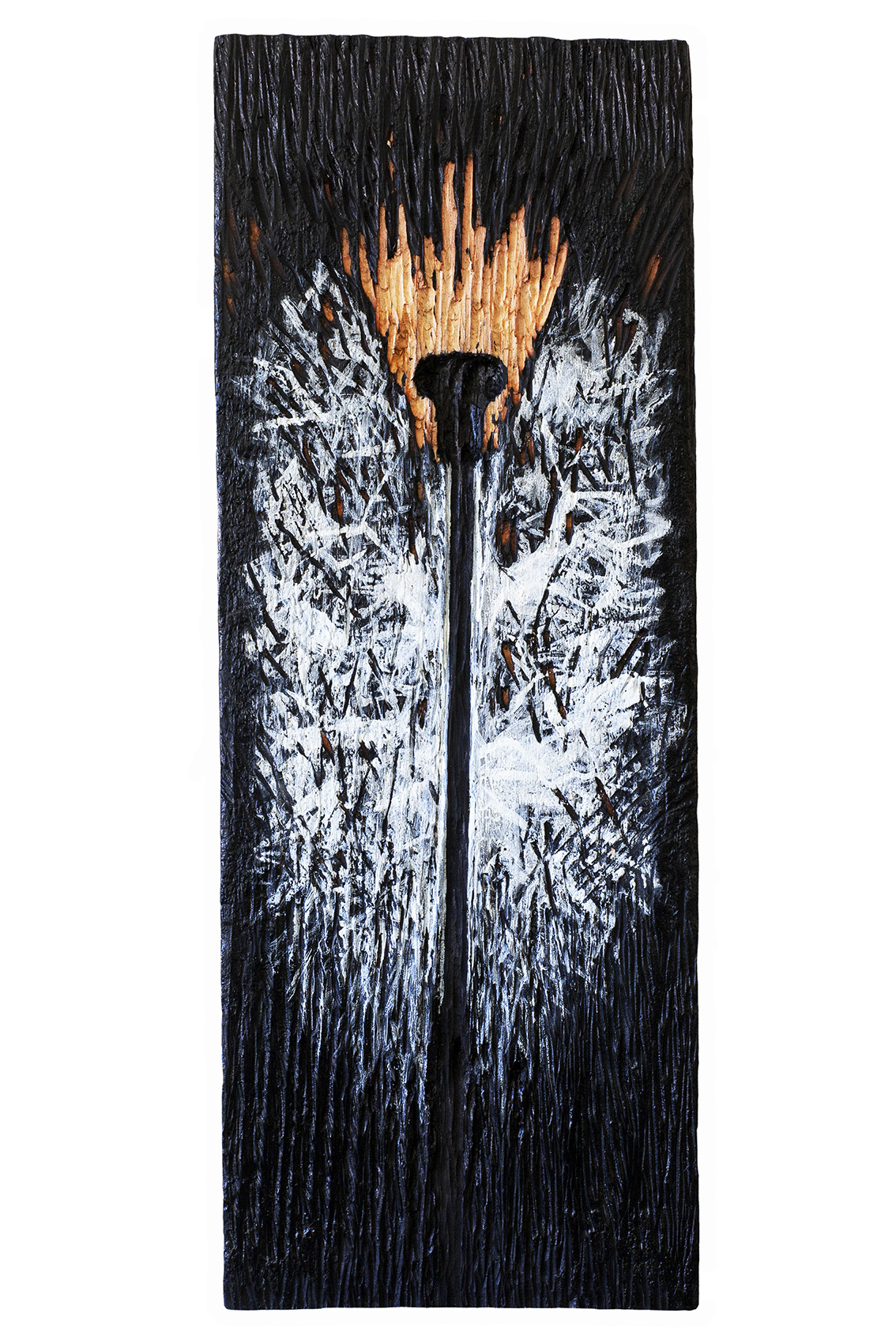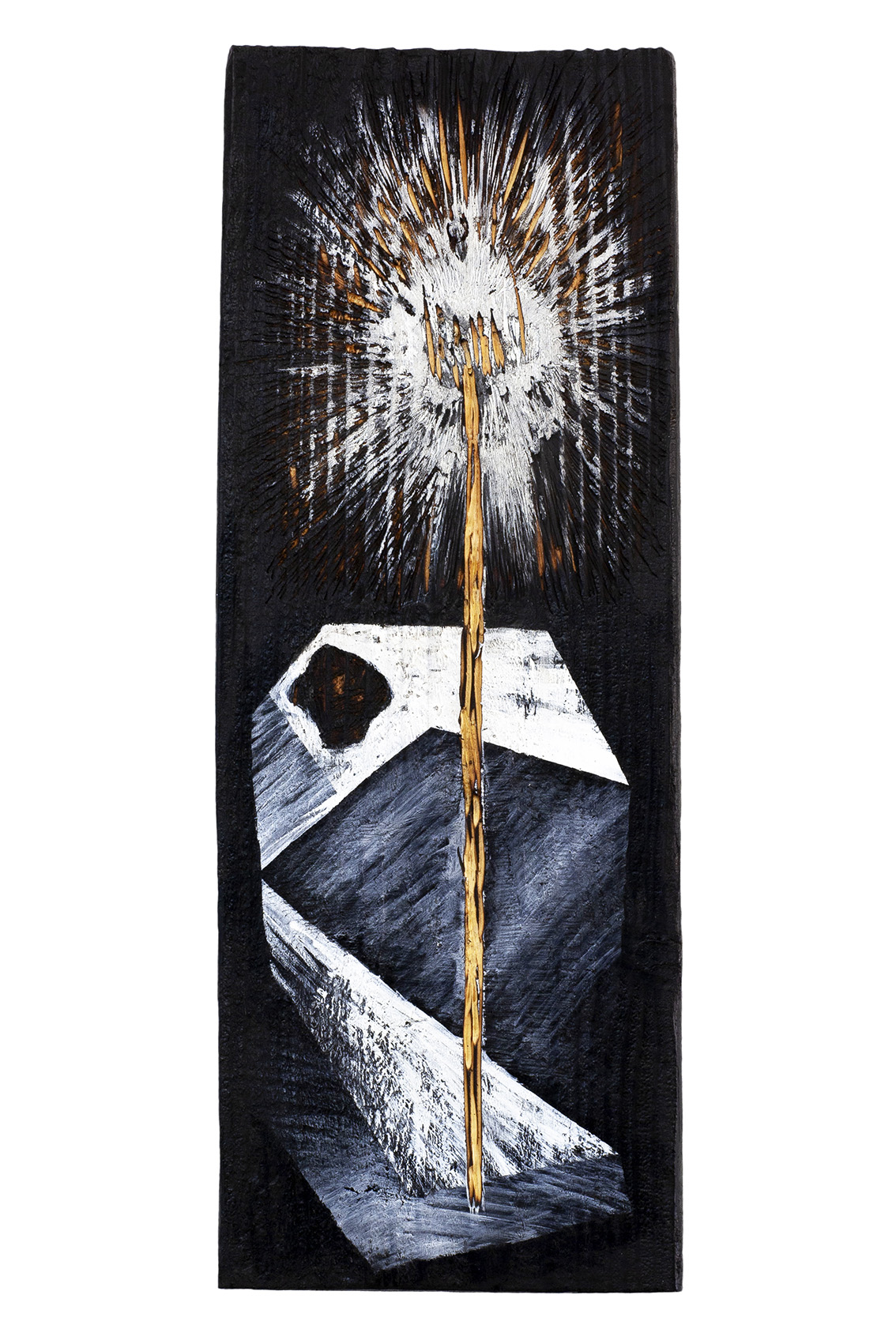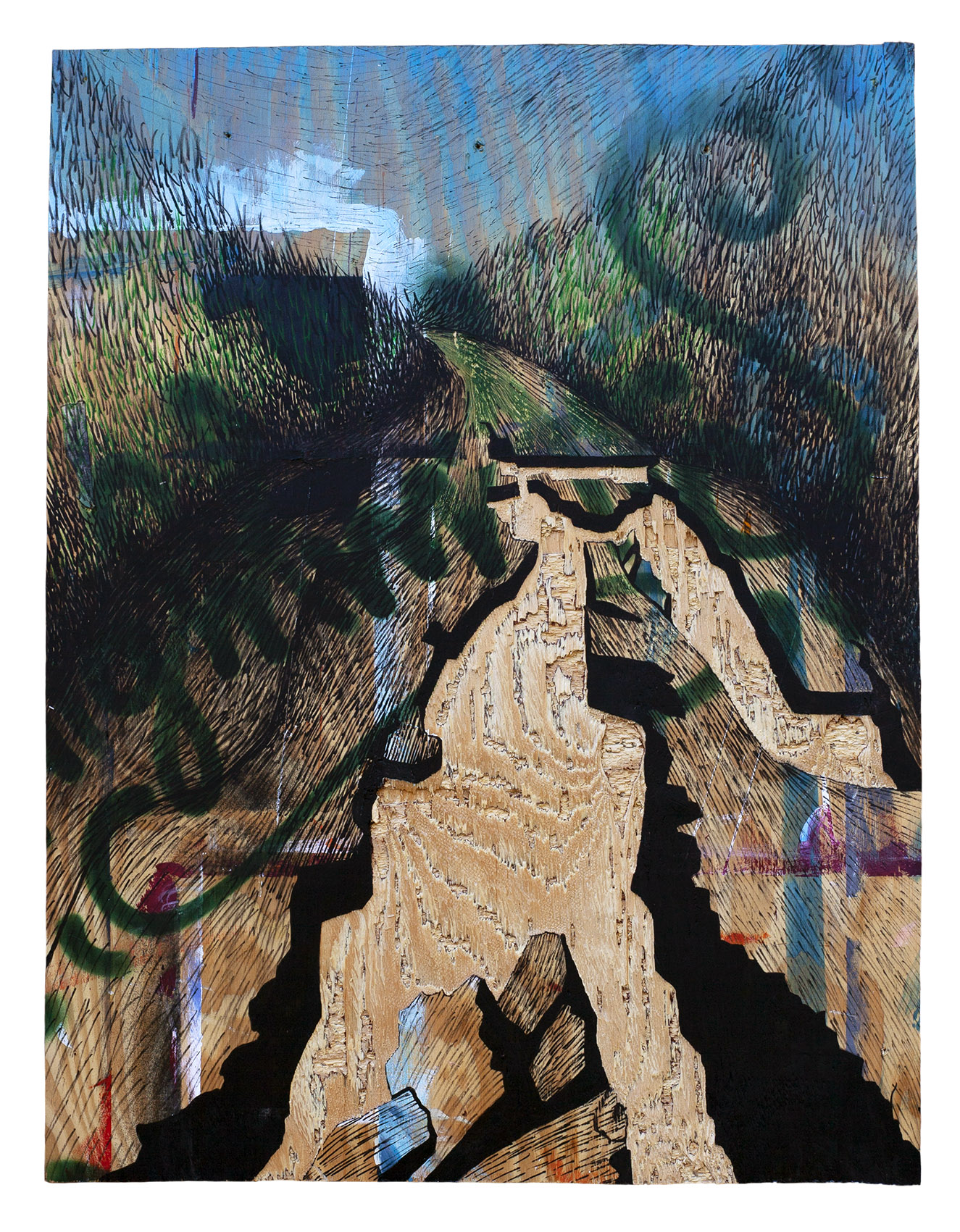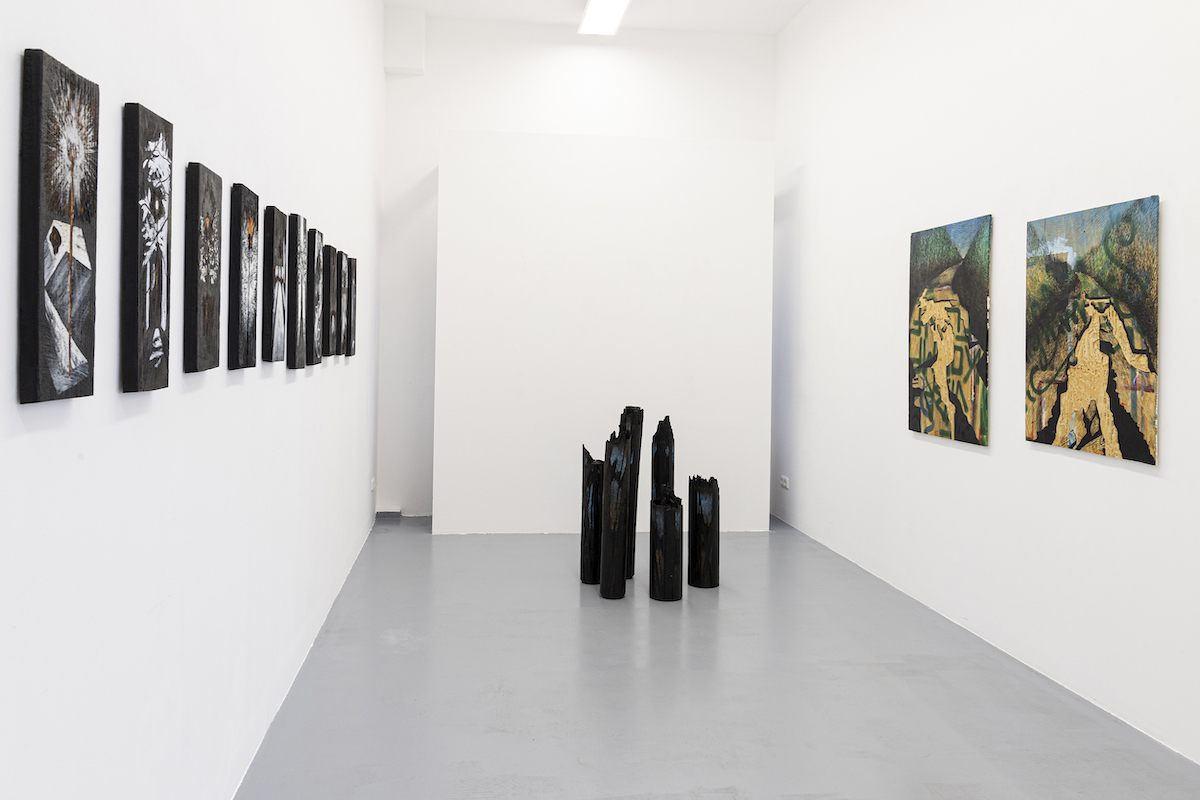Lena Schmidt
CV
| *1981 | Bremen |
| 2004–2011 | Hochschule für bildende Künste Hamburg, Prof. Matt Mullican und Prof. Mari Jose Burki |
| 2016–2020 | Department Design, HAW Hamburg |
| Lives and works in Hamburg | |
Grants / Scholarships
| 2010-2011 | Fountainheadresidency, Miami, USA |
| 2007-2010 | Scholarship, Studienstiftung des deutschen Volkes |
Solo exhibitions
| 2017 | Outdoors, 30works II, Cologne |
| Silence In Between, Kunstverein Stade | |
| 2015 | Bildwechsel, Galerie Atelier Klint, Rendsburg |
| 2014 | The Daily Moods of Lena Schmidt & Christian Jaeschke (with Christian Jaeschke), Herr Beinlich - Contemporary Fine Art Space, Bielefeld |
| 2013 | Memories Of Forgotten Spaces, Braeuning Contemporary, Hamburg |
| 2012 | Power Lines, k’– Zentrum aktuelle Kunst, Bremen |
| 2011 | Urban Spaces, Victoria Gallery, Portland, USA |
| Lucid (with Evan Roberts), Primary Project Space, Miami, USA | |
| 2009 | urbanscapes, heliumcowboy artspace, Hamburg |
Group exhibitions
| 2022 | Zinower, Künstlerhaus Sootbörn (Upcoming) |
| Linolschnitt Heute XII, Grafikpreis der Stadt Bietigheim-Bissingen (Upcoming) | |
| Mixed Media, Evelyn Drewes | Galerie, Hamburg | |
| 2021 | salondergegenwart, Springer Quartier, Hamburg |
| Sino-German Art Exhibition, Hismoon Gallery, Taicang, China | |
| 2020 | ART OFF Hamburg – Second Sight, Westwerk, Hamburg |
| 2019 | In Da Wood II, Gängeviertel, Hamburg |
| 2018 | Intermezzo, Pretty Portal, Düsseldorf |
| Summer Breeze, 30works, Cologne | |
| 2016 | Off Property 2, Studio 45, Hamburg |
| 2014 | Betreff 28, Westwerk goes Bremer Kunstfrühling, Bremen |
| 2013 | permanent, Pure Evil Gallery, London, UK |
| 2012 | A year of paintings and other pursuits, Victory Gallery, Portland, USA |
| Party find ich unheimlich interessant, Galerie Oel-Frueh, Hamburg | |
| Knock On Wood, Schau Fenster, Berlin | |
| 2011 | New Small Works, during Art Basel Miami Beach, Primary Project Space, Miami, USA |
| WRY – Wendenstraße goes Galerie Genscher, Galerie Genscher, Hamburg | |
| 2010 | Nord Art, KIC Rendsburg |
| 2009 | INDEX 09, Kunsthaus Hamburg, Hamburg |
| 2008 | 5 years heliumcowboy artspace, Bieberhaus, Hamburg |
| 2006 | Plattform #3, Kunstverein Hannover |
A dark street. The only weak source of light: a street lamp. It bathes a deserted factory landscape in warm red, the rest sinks into the darkness of the night. The scene appears deserted, almost ghostly, only populated by shadowy architecture.
A motif that is reminiscent of film images by David Lynch, the master of staging surreal, gloomy imagery. The cult director Lynch loves to stage old, dilapidated industrial places in his bizarre films. He is magically drawn to them. Lena Schmidt shares the fascination for their hidden beauty, as the motifs carved into wood show us so fascinatingly. For example the piece»Brandshofhalle«, which shows an abandoned industrial building on Hamburg's Elbbrücken, the title of the work reveals. But at the same time this industrial landscape, beyond its specific locality and beyond the »picturesque«, is more comprehensive: one of these atmospheric places or rather non-places, referred to by Lynch as »nowhere places«, which can be found all over the world and in our minds.
The association with the moving image is due to a recognizable cinematic look in Schmidt's sculptural woodwork. A fact that does not seem surprising, considering her training in sculpture and video art with Prof. Matt Mullican and Prof. Mari Jose Burki at the artschool in Hamburg: two ostensibly contradicting fields that are harmoniously connected in Schmidt's works hybrid character to be at the same time image and object.
The works get their clear object character from their strong materiality. Because Lena Schmidt works with wood and therefore fits into a historical sculptural tradition. And yet she breaks with this by emphasizing not only the aspect of the natural, but above all its contradiction to the industrial in whose context her material is used. It is the disused, left behind waste product of the industrial wasteland: pillars, ply wood and poles. Each of these unique pieces bears traces of its original origin. The consequences of the decomposition process, whether corrosion, weathering or color imprinting by the sun, are almost engraved in the memory of the wood. On this surface, Schmidt's drawn and scratched motifs depict the history of the place, part of which is the wood itself.
Light and darkness – of fundamental importance in the film – also play a central role. In the darkness created by multiple layers of drawing and painting Schmidt opens up imaginary, timeless spaces, cinematically
speaking, off-screen spaces that have to be filled by the viewer. Our collective memory of the urban space at night, shaped by individual experiences and cultural influences, comes into play here. The light lines scratched into the wood with a cutting tool set accents of light in contrast to the deep black. Schmidt only occasionally uses colored varnish, which, however, does not claim to be realistic at any point due to the reduced color scheme. Her works go beyond depicting real places; this can be felt immediately. In the synthesis of organic structures and graphic elements, of material and motif, Schmidt creates places of superimposed memories in which real and imaginary spaces are nested and merge with a dream-like subtlety. Places that melancholy tell of a bygone era. Their original function is irrelevant to the intensity of the motifs. The mystery inherent in these derelict sites is only heightened. And yet their abandoned, deserted urban landscapes do not appear as bleak symbols of decay. Rather, they only reveal the elegance and beauty of these places at night, showing their hidden life beyond people.
For the artist, this realization also leads to a reflection on her own existence. In this regard, Schmidt is reminiscent of the figure of a flâneur at night who pursues his love for the quiet city. At the same time, this love of Schmidt's »Urban Scapes«, as it describes the urban landscapes themselves, moves into the context of urban art.
Nevertheless, Schmidt's works point beyond the broad mass of urban art. In their quiet, consciously withdrawn manner, they emphasize an individual moment much more strongly. It is not about a loud, broad outcry to recapture the streets in the fight against the hegemonic codes of advertising. She is looking for her retreat and the memories attached to it in the middle of the big city, a perspective that may seem almost paradoxical. And it is precisely these lonely memories that seem to crackle with atmosphere that are so close in their clear consistency. “It's not about understanding something, it's about experiencing something,” says David Lynch.
Ricarda Bross

